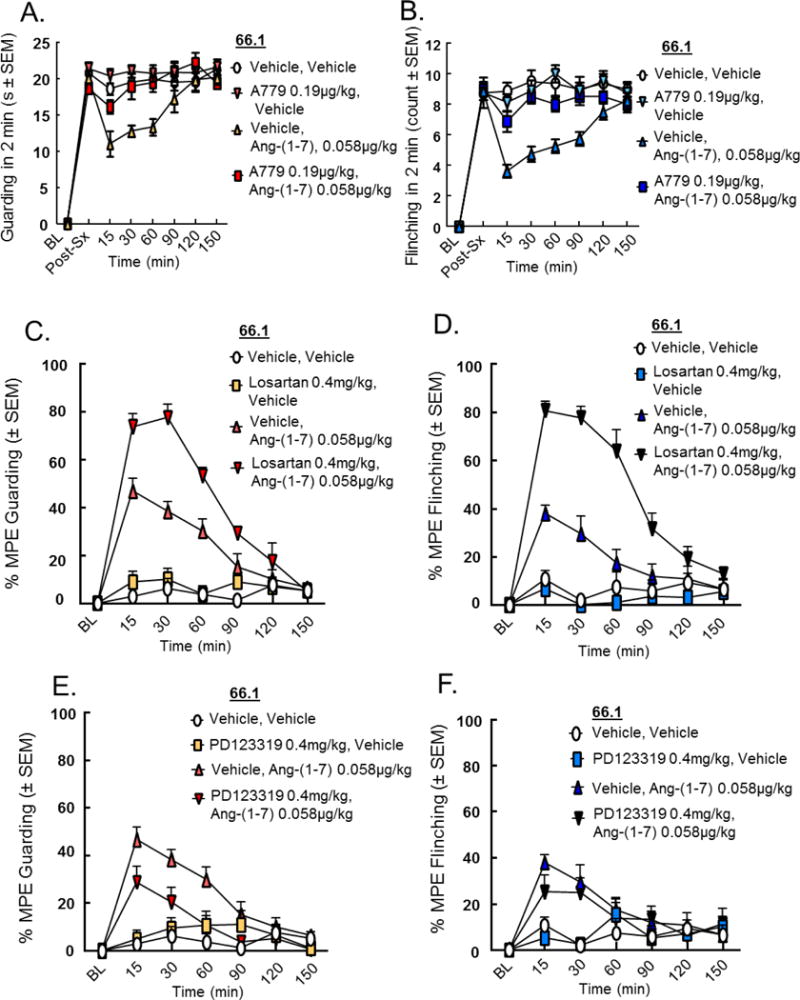Figure 2. Effects of MasR/AT1/AT2 antagonists on Ang-(1-7) antinociception in established CIBP.

Spontaneous pain behaviors (A, C, E) guarding and (B, D, F) flinching were recorded as previously described. A-779 (A, B), Losartan (C, D) and PD 123319 (E, F) did not significantly alter spontaneous pain behaviors when administered alone. Administration of A-779 (0.19 μg/kg, i.p.) 30 minutes prior to Ang-(1-7) completely reversed the effects of Ang-(1-7) on (A) guarding and (B) flinching in the CIBP model, suggesting the Ang-(1-7) works at MasR to reduce CIBP. Losartan potassium (0.4 mg/kg, i.p.), administered 30 minutes prior to Ang-(1-7), yielded a 77.527% MPE in reducing guarding (p < 0.0001) 30 minutes post-administration (C) and an 80.563% reduction in flinching (p < 0.0001) 15 minutes post-administration (D). Use of PD 123319 (0.4 mg/kg, i.p.) 30 minutes prior to Ang-(1-7) did not alter guarding or flinching of animals with established CIBP (E, F) as compared to the animal group treated with solely Ang-(1-7). Values represent the mean ± standard error of the mean, n=7-8 per group.
